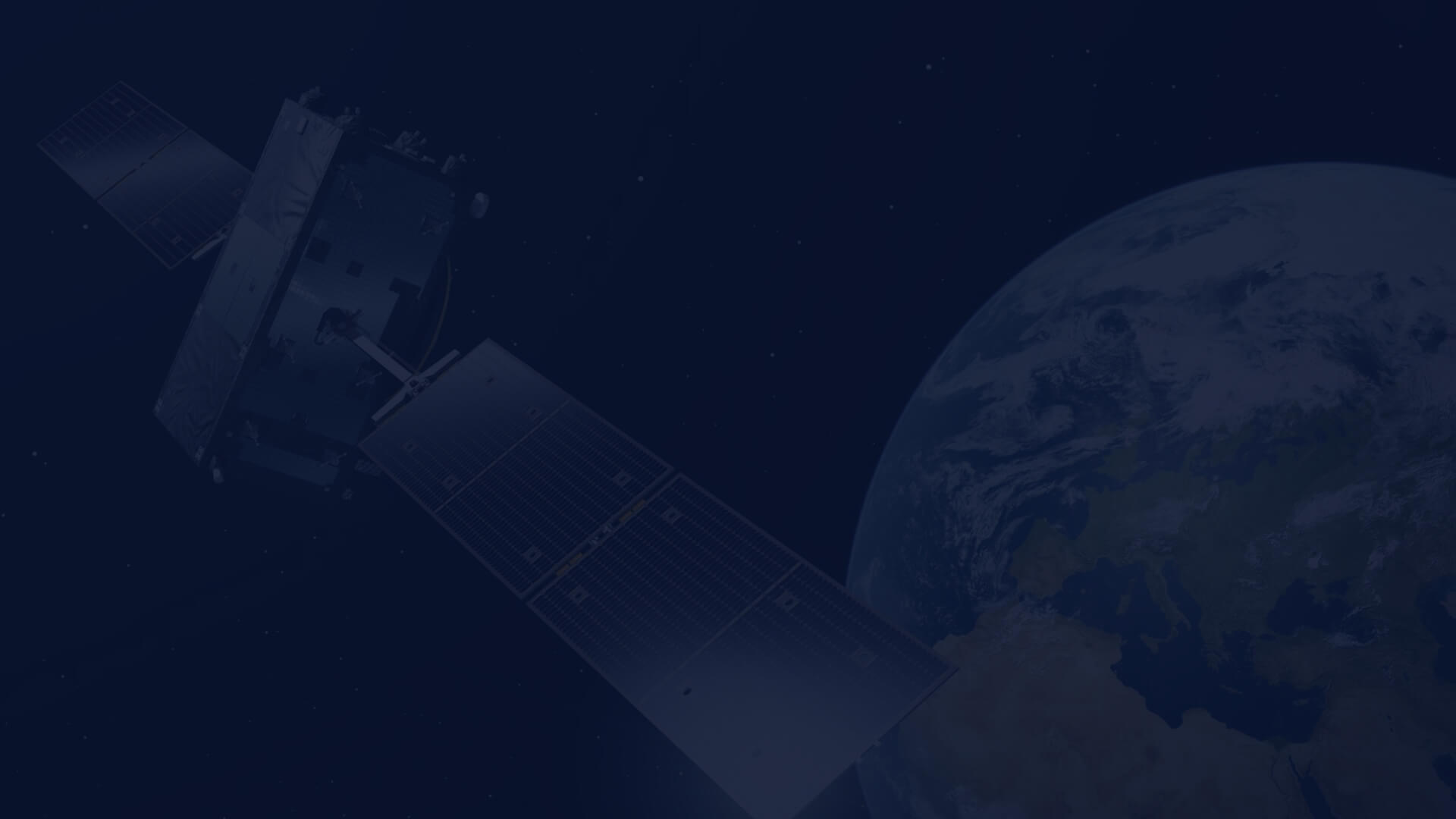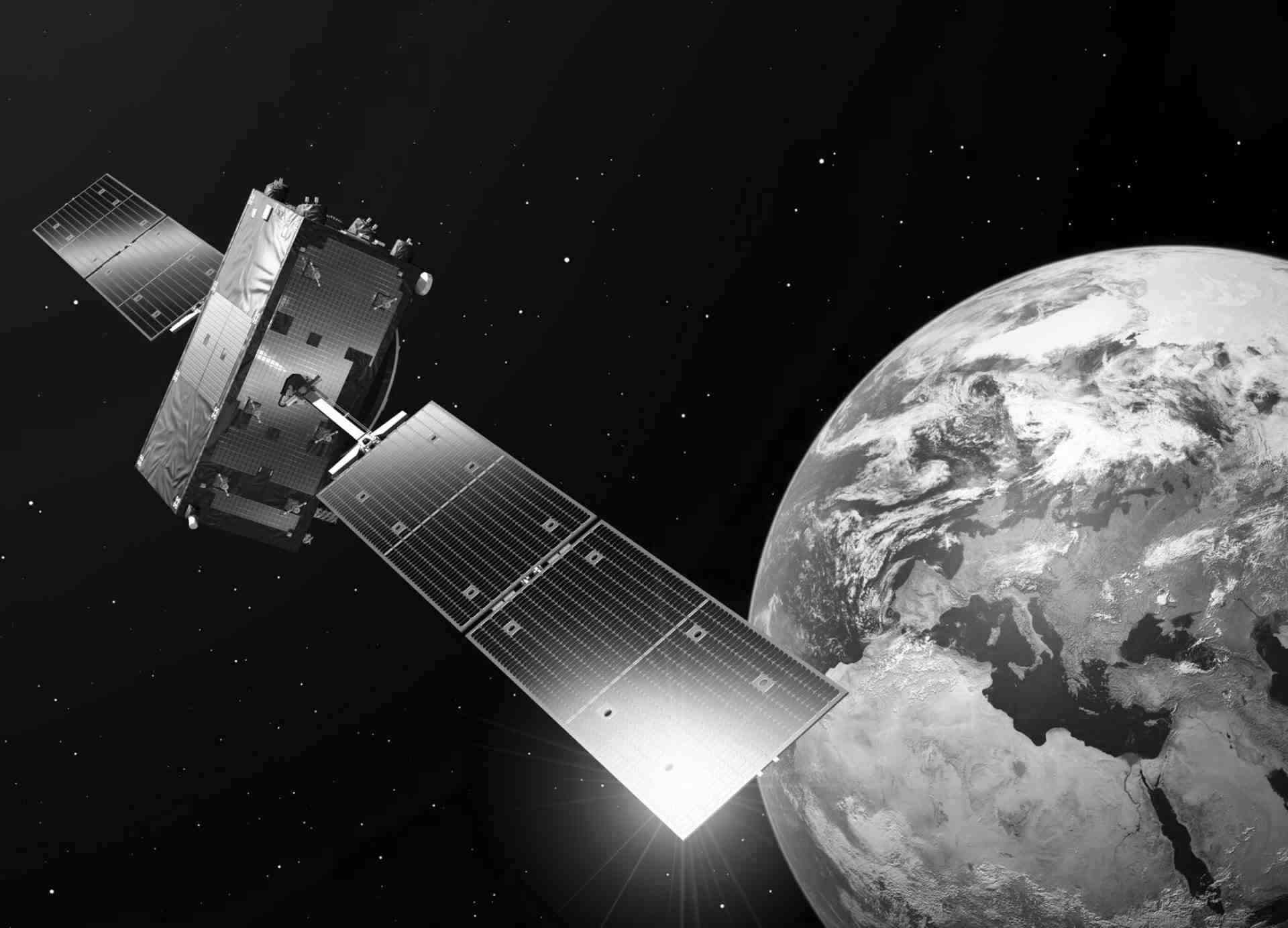CREODIAS for hydrological drought modelling
It is observed in recent decades that the Earth's atmosphere accumulates more and more heat as a result of anthropological greenhouse gases emissions. The number of global climate anomalies is increasing rapidly. We also see a decrease in the frequency of long- term drizzle precipitation and reduced time of fog periods. As a consequence, we have observed a decrease in the air humidity for a broad range of time. Moreover, anthropological changes in land use cause an increase of surface runoff which leads to rapid flooding in urban areas. Climate anomalies also extend periods of water shortage. A drought is a complex natural hazard with a significant impact upon ecosystems. For example, it has the ability to give a strong positive feedback because dry soil increases surface runoff. Atmospheric precipitation, instead of infiltrating slowly into the soil, flows over its surface similarly to streaming down the concrete, which strengthens the phenomenon of drought.
Spatial changes affect water resources
Impermeable surfaces, such as concrete, cause many problems in the urban environment. Changing green spaces into concrete areas causes the outflow of groundwater and intensifies the phenomenon of surface runoff. Improper use of water resources in many cities leads to treating the rainwater as waste, and not as a valuable resource that requires retention. Rainwater drainage systems in urban areas are focused on the fastest possible drainage of rainwater from impermeable surfaces causing loss of valuable resources that prevent drought periods.
Factors that reduce the amount of water in the urban environment:
- Reducing the surface of biologically active areas converting greenfield areas into development or communication spaces
- The reduction of urban green areas
- The phenomenon of an urban heat island (which causes an increase in evaporation and convection movements of air)
The CREODIAS platform contains data archives that can be used to track spatial changes in land use, to analyse changes over time, but also to find spatial patterns that help to understand geospatial factors responsible for hydrological drought. In the Data Offer - CREODIAS, the users can find data that illustrates changes in the structure of land use, or track indexes of droughts, vegetation condition, water and many others.
Resource extraction lowers the water level
Opencast mines, such as the brown coal mine in Bełchatów, Poland, have a negative impact on the water conditions of entire regions. It is the largest opencast mine in Europe, 12 km long and 3 km wide. It reaches a depth of 200 m at its deepest point. The mine in Bełchatów widely affects the hydrology of the central part of Poland, lowering the groundwater. The deep groundwater drainage causes changes in the natural environment both in the immediate vicinity of the excavation and at a considerable distance from it. The drainage of the deposit, necessary to ensure safe conditions for mining exploitation, has a significant impact on the environment of groundwater and surface waters expressed by changes in hydrodynamic and hydrochemical relations.
Moisture index on Sentinel-2 imagery shows a significant impact of an opencast mine on the water resources in the central part of Poland. Influence of Dry surface of the mine can be seen from space on the Moisture index satellite imagery. Red colour shift is clearly visible in the vicinity of the mine and can be monitored in time.
Remote sensing of drought
In recent years, remote sensing techniques have developed a system for monitoring the growth conditions of crops (by determining the condition of plants) using an indicator based on the use of satellite images. Another possibility of tracking a drought is a wide-range time analysis which compares multi-temporal scenes by observing changes in the water surface, such as the Aral Sea. The main indicators use in drought modelling are:
- NDVI
- VCI
- TCI
- DISS (Drought identification Satellite System)
- HTC
- NOAA AVHRR
- Moisture Index
Water retention
Storing water in the landscape based on the potential of the ecosystem is essential to prevent droughts and floods. Ecosystem-based solutions, such as natural water reservoirs (ponds, small ponds, oxbow lakes) and river valley retention, are the easiest way to reintroduce water into the environment. They also prevent a possible occurrence of drought or flooding by regulating water resources in the ecosystem. In urban areas, on the other hand, greenery is a key component of a smart water management. Green storm infrastructure elements can both reduce pollution of air and water and introduce retention into the urban landscape. A reasonable use of resources, such as water or energy, is a crucial factor of sustainable growth strategy in water management. Water is a common good, and we all should be responsible for limiting its consumption during drought periods, e.g. by imposing limits on watering lawns or car washing.
Solution available on CREODIAS
GIS data combined with satellite imagery (both near real time and archive) available on the CREODIAS platform can give a broader view of the issue of drought. Finding spatial patterns and dependencies in forecasting both drought and its effects should be an inseparable element of a modern regional management. Open access to data on the CREODIAS platform is a valuable tool for research society, and it can increase social awareness about spatial data and its use both in agriculture and in monitoring the environment. Free Sentinel data combined with commercial VHR data can raise the level of performed analyses, which can increase the efficiency of calculations for local applications.
Author: Maciej Jurzyk, Data Scientist, CloudFerro

